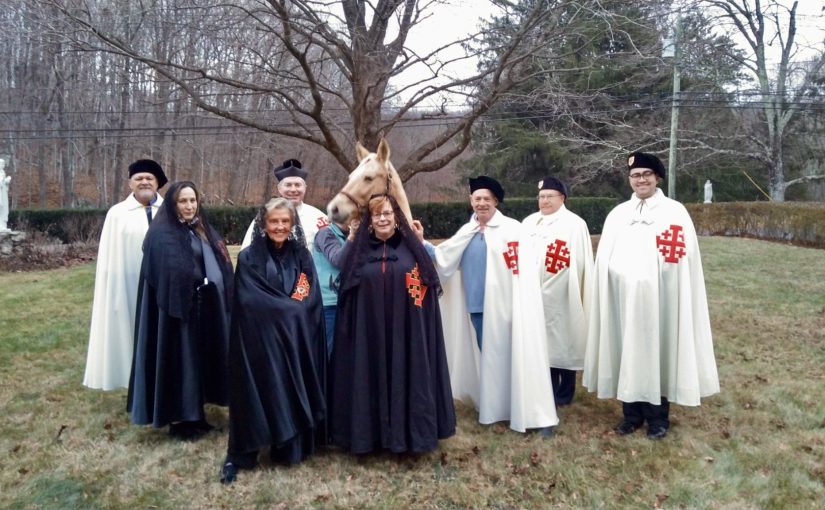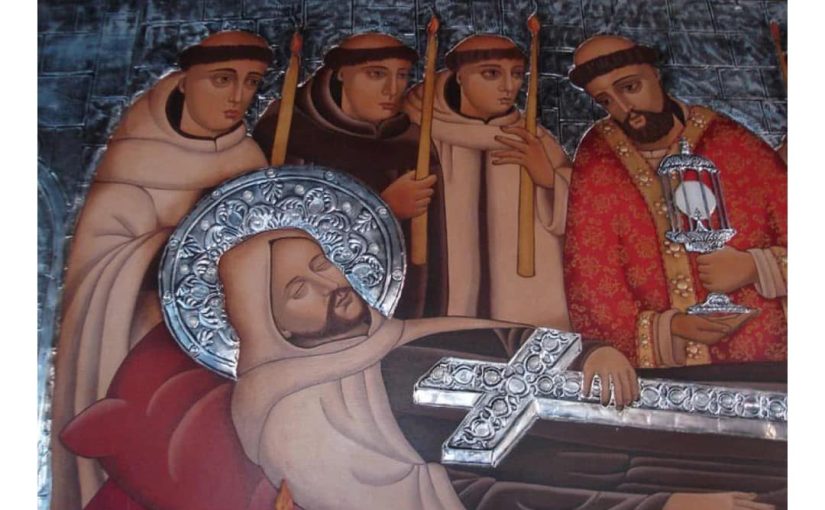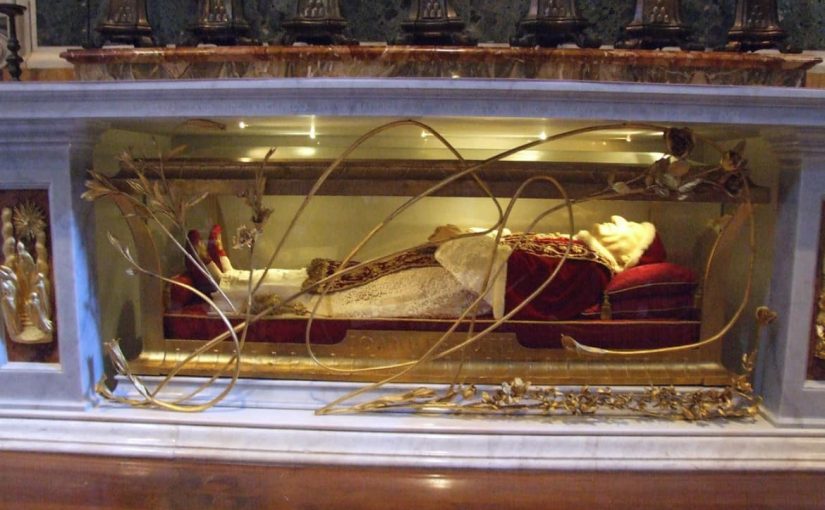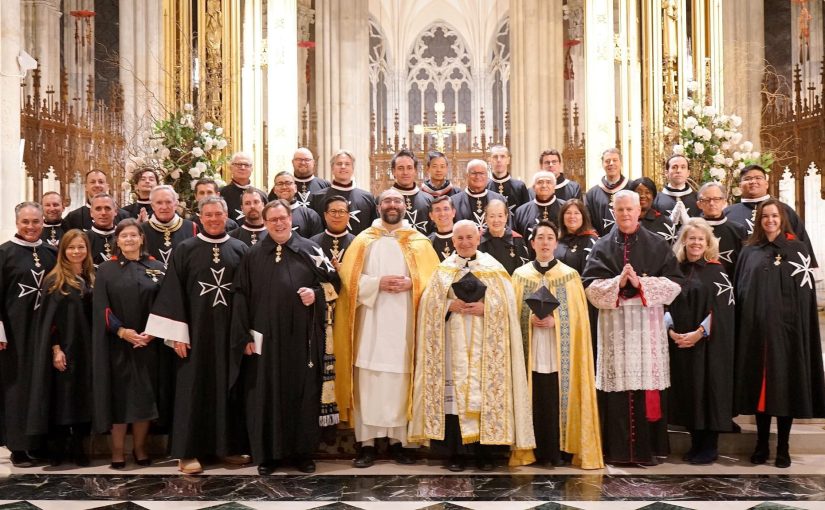The 12 Days of Christmas are the 12 days AFTER Christmas – the distance between Christmas and Theophany (Epiphany):
The religious wars in sixteenth century England made it dangerous to be a Catholic. Many people practiced their Catholic faith in secret. As the legend goes, Catholic families courageously developed unique ways to secretly pass the faith onto their children, like “The 12 Days of Christmas.” The well-known song was used to teach children the content of Catholic faith. Although the lyrics may sound like nonsense, the song actually contains hidden and important references. Think of how Aesops would teach an important lesson. We can say, hence, there is real genius here.
A Partridge in a Pear Tree symbolizes Jesus Christ, with the partridge representing Christ’s willingness to sacrifice himself and the pear tree symbolizing the cross.
Two Turtle Doves represents the Old and New Testaments, highlighting the harmony and connection between the two.
Three French Hens signifies the three theological virtues: faith, hope, and love (or charity).
Four Calling Birds symbolizes the four Gospels: Matthew, Mark, Luke, and John, which spread the good news of Christ’s life and teachings.
Five Golden Rings represents the first five books of the Old Testament, known as the Pentateuch or the Torah, emphasizing God’s covenant with His people.
Six Geese A-Laying symbolizes the six days of creation, emphasizing God’s power as the creator of the world.
Seven Swans A-Swimming represents the seven gifts of the Holy Spirit: wisdom, understanding, counsel, fortitude, knowledge, piety, and fear of the Lord.
Eight Maids A-Milking symbolizes the eight Beatitudes preached by Jesus in the Sermon on the Mount, highlighting the virtues and blessings of a righteous life.
Nine Ladies Dancing represents the nine fruits of the Holy Spirit: love, joy, peace, patience, kindness, goodness, faithfulness, gentleness, and self-control.
Ten Lords A-Leaping signifies the Ten Commandments, which provide guidance for a moral and righteous life.
Eleven Pipers Piping represents the Eleven Faithful Apostles: Peter, Andrew, James the Elder, John, Philip, Bartholomew, Matthew, Thomas, James the Younger, Simon, and Jude.
Twelve Drummers Drumming represents the twelve points of doctrine in the Apostles’ Creed, which summarizes the core beliefs of Christianity.
Source: Catholic History
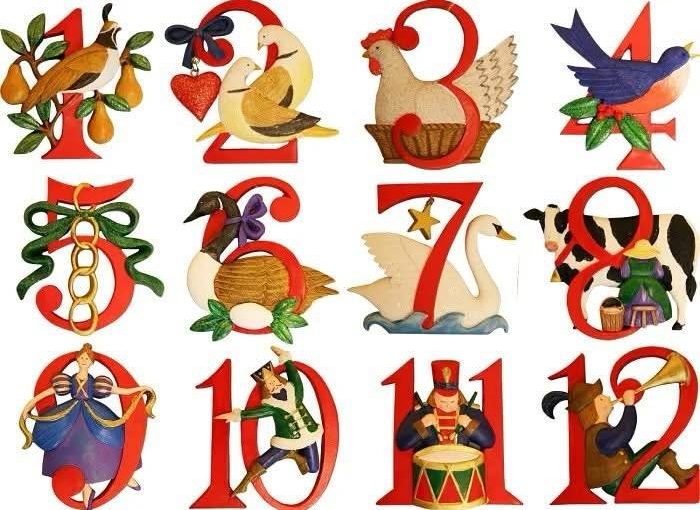
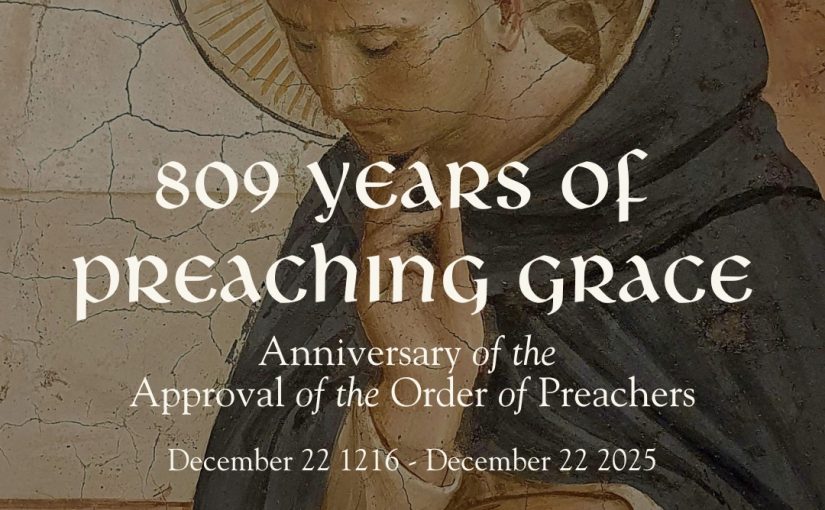
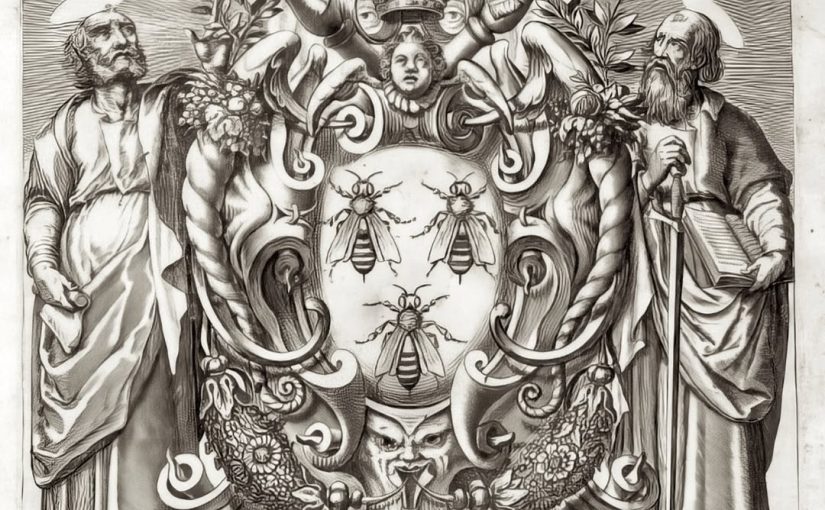
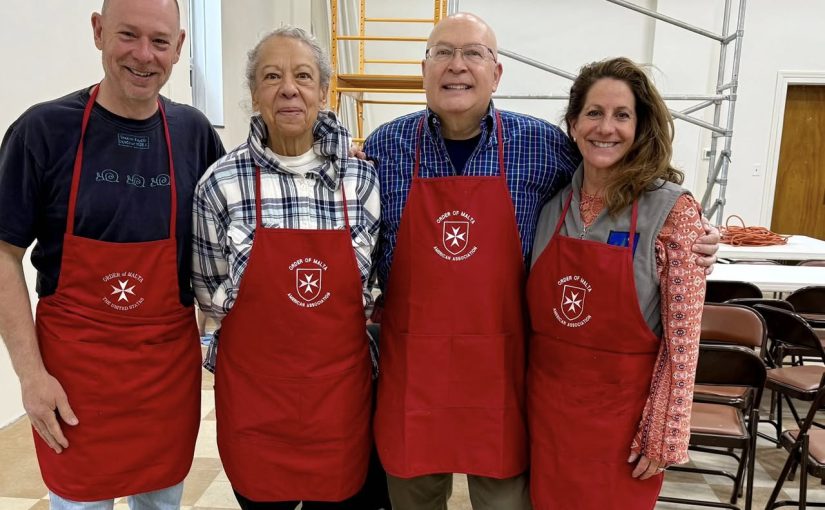
 Today, Saturday, April 5, was our monthly cooking for our friends at the
Today, Saturday, April 5, was our monthly cooking for our friends at the 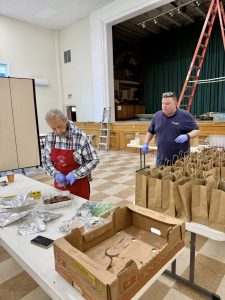 Above all, our very nature requires us to be interested in others. When there is something beautiful within us we desire to communicate it to others. When we see others who are worse off than we are, we desire to help them with something of ours. This need is so original, so natural, that it is within us before we are conscious of it. We call it the law of existence. We do charitable work to satisfy this need.
Above all, our very nature requires us to be interested in others. When there is something beautiful within us we desire to communicate it to others. When we see others who are worse off than we are, we desire to help them with something of ours. This need is so original, so natural, that it is within us before we are conscious of it. We call it the law of existence. We do charitable work to satisfy this need.
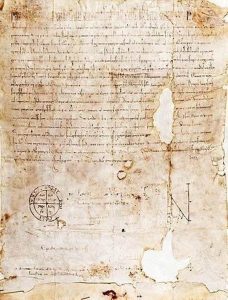 Today, February 15, 1113 (yes, 912 years ago): Pope Paschal II issues “Pie Postulatio Voluntatis” (English: The Most Pious Request), recognizing the Order of Hospitallers. (Order of Knights of the Hospital of St. John of Jerusalem).
Today, February 15, 1113 (yes, 912 years ago): Pope Paschal II issues “Pie Postulatio Voluntatis” (English: The Most Pious Request), recognizing the Order of Hospitallers. (Order of Knights of the Hospital of St. John of Jerusalem).